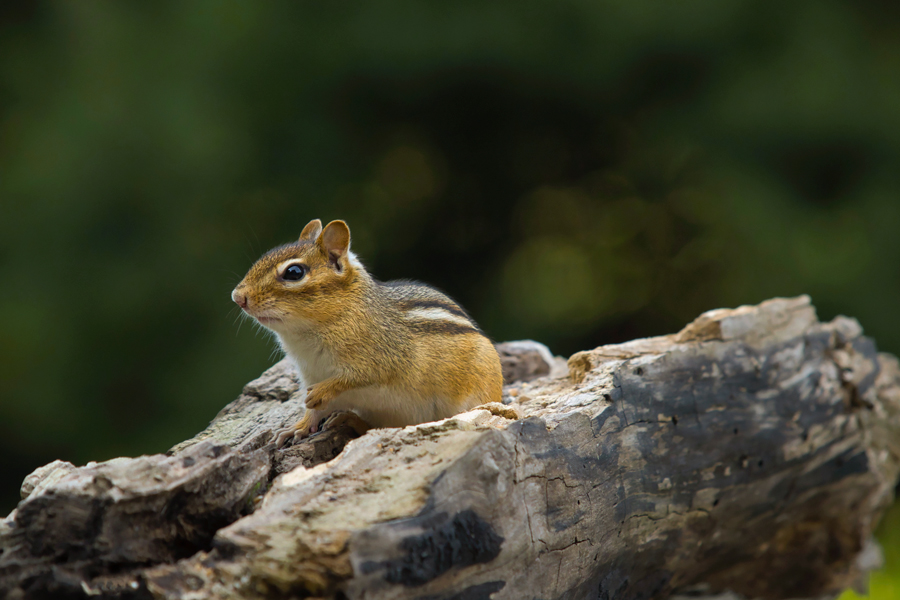Environment
-

To attract and maintain a bird population, a habitat should provide (1) food, (2) shelter/nesting areas and (3) water. This publication describes several ways to attract birds to your backyard.
Bob Westerfield and Melvin P. Garber
|
-

With proper planning, planting and maintenance, a healthier landscape can be created with less expense, less work and less damage to the world around us.
Bob Westerfield and Daryl Pulis
|
-

All vegetables, especially tomatoes, like an even supply of water throughout the growing season, and will often develop problems if their water supply fluctuates. If watering restrictions or bans are imposed, water conservation becomes a critical issue.
Bob Westerfield
|
-

This brief management guideline provides producers with specific management tactics that may minimize the potential for short- and long-term problems. These tactics, categorized in order of early, advanced, and severe drought stages, are based on specific characteristics including water loss, forage growth, and rainfall.
R. Curt Lacy, Dennis Hancock, and Johnny Rossi
|
-

C 910
Chipmunk Control
This publication discusses several methods for controlling chipmunks, including exclusion, trapping, poison, repellents, and shooting.
Michael T. Mengak
|
-

Planting ornamental plants correctly increases their survivability and performance in the landscape, and it helps them develop a vigorous, healthy root system that increases their drought tolerance during periods of limited rainfall. This pubication provides research-based guidelines for proper planting.
Sheri Dorn
|
-

Water-wise landscapes not only save water, they save time by requiring less routine care than most traditional landscapes. This publication offers guidelines to help you achieve these goals and conserve water when managing your landscape.
Sheri Dorn
|
-

A landscape designed, installed and managed according to Xeriscaping’s seven steps uses up to 50% less water than a traditional landscape. And, a well-designed water-wise is just as attractive as a traditional landscape.
Rose Mary Seymour and Sheri Dorn
|
-

This publication is designed to help people with average first-aid knowledge improve their ability to make decisions when they are the first person at the scene of a farm accident.
Glen C. Rains, Michael D Toews, and Bobby L. Tyson
|